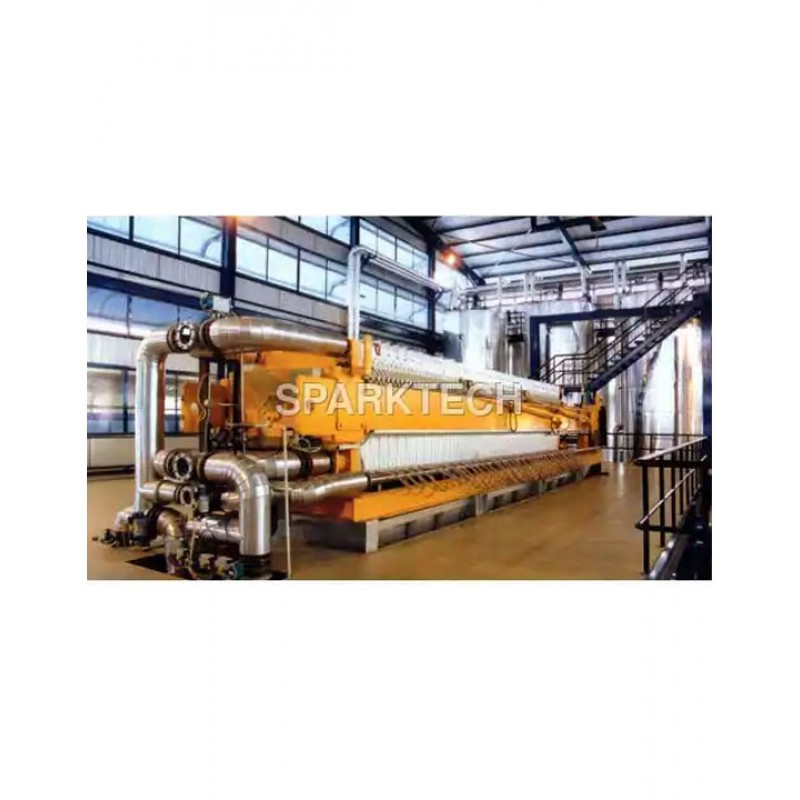
Login or create an account
CloseReturning Customer
I am a returning customer
Login or create an account
CloseRegister Account
If you already have an account with us, please login at the login form.
Your Account Has Been Created!
Thank you for registering with SPARKTECH!
You will be notified by e-mail once your account has been activated by the store owner.
If you have ANY questions about the operation of this online shop, please contact the store owner.
Account Logout
You have been logged off your account. It is now safe to leave the computer.
Your shopping cart has been saved, the items inside it will be restored whenever you log back into your account.
Dry Fractionation
Natural edible oils are mulb-component mixtures consisting of various triglycerides. The complex composition partially results in a very broad melting temperature range. Thus, they are unsuitable for different applications in food technology
Further applications for such hats are possible by fractionating into components with smaller melting temperature ranges.
Different fractions can be obtained from a single crude fat .
Fractionated fats and oils can be widely used in nutrition:
- The low melting fraction of an edible fat can be used, e.g.as an adequate substitute for conventional salad oils:
- The higher melting fraction of an edible fat can be used e. g for the production of margarine or shortening:
- The mid-frections can be used as substitutes for the expensive cocoa butter
- Certain special fats such as deep trying oil diet margarine, shortening or mayonnaise are preferably made from fat fractions.
the fractionated crystallization process most frequently used in the industry, the various triglycerides contained in animal or plant fats are separated
The higher melting components are crystallized and the hard fraction is subsequently mechanically separated from the liquid
The machines and devices for fractionation manufactured by SPARKTECH feature a comprehensive range of application. All common fats such as palm oil, hardened fish or rape oil, soybean oil and butter fat can be processed,
We recommend the “ dry” fractionation process from the melt because this process operates without any additives resulting in:
- Physiologically neutral products as additives do not cause contamination,
- High operational safety as solvents do not present explosion hazards,
- No contamination of the wastewater or exhaust ar as they are completely free of additives,
- Dry demgumming as the ideal, cost-effective supplement as no wastewater processing is required for the entire system and
- Fully automatic operation,
- High flexibility in the cooling profile design
- Reduced cycle time,
- Improved quality,
- Higher yield

